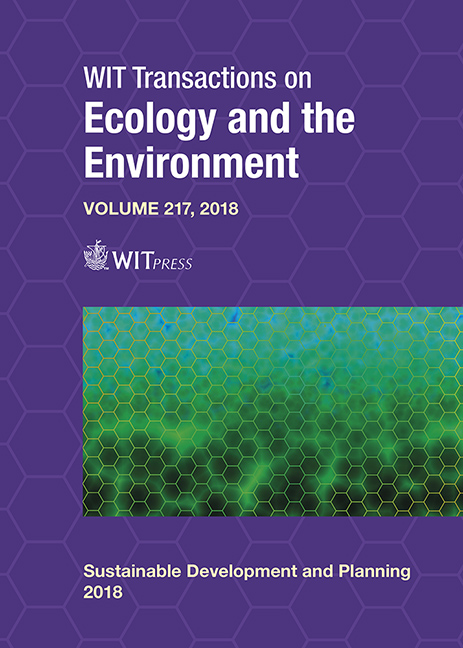LIVEABILITY AND PUBLIC SPACE IN CANBERRA’S SUBURBAN DEVELOPMENTS
Price
Free (open access)
Transaction
Volume
217
Pages
11
Page Range
235 - 245
Published
2018
Size
1,828 kb
Paper DOI
10.2495/SDP180221
Copyright
WIT Press
Author(s)
MUMINOVIC MILICA
Abstract
Almost all sustainable theories agree that to be sustainable suburbia needs to increase density and thus become aligned with urban spaces, focusing mainly on energy efficiency and transport. Even though suburbia represents one of the least sustainable spaces in the city, it remains one of the most desirable spaces for living. People choose to live in suburbs, new suburbs are built and old suburbs are preserved. The liveable aspects of suburbia are being ignored in theoretical arguments around sustainability. Using the case of Canberra, this paper aims to discuss liveability of suburbia as part of its sustainable development. Suburbia represents an important aspect of every city in Australia, particularly Canberra. With a strong commitment to being sustainable, we believe that this context represents a good place to test some of the ideas around sustainable suburbia. This paper tests the hypothesis that public green spaces are essential in discussing the liveable aspects of suburbia that can be employed to further explore sustainability. The research compares new sustainably-developed suburb and old suburban spaces to discuss liveable aspects and the connection with green spaces. The analysis uses morphological characteristics of the built environment and mapping with ArcGIS software. The results show that older suburbs had predominantly larger plots of land and smaller floor area ratio. The houses obtained link with the ground through a private garden at the back. On the other hand, with market pressure, contemporary suburban developments, even those claiming to be sustainable, are reducing the size of plots and losing the connection with the green. The paper concludes that sustainable developments are focusing mainly on densification of suburbia and liveability aspects are lost. We confirm that for achieving sustainability we need to consider public green spaces, their morphology and structure.
Keywords
suburban, sustainability, public, green, liveability





